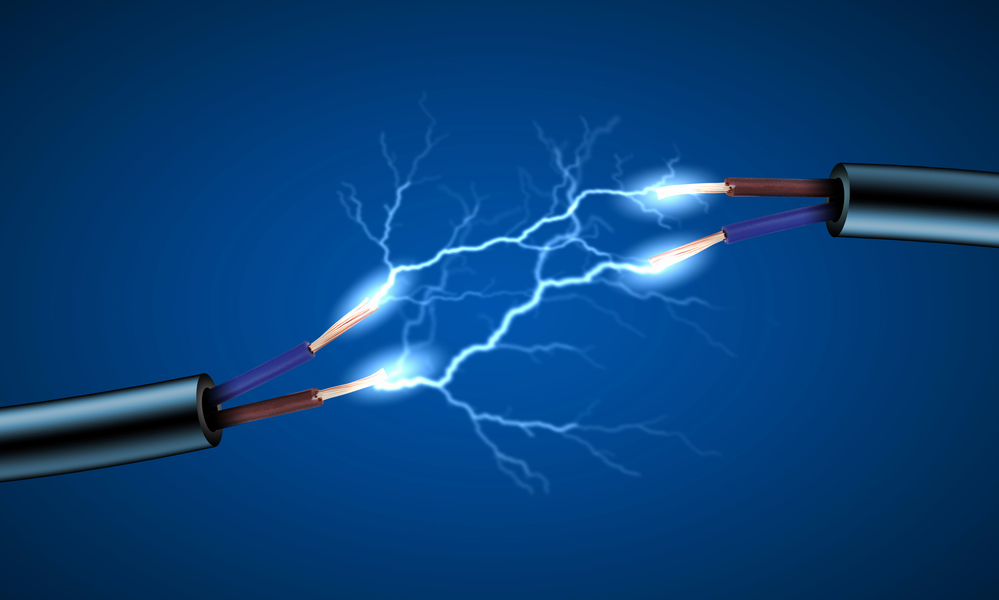What is Electricity? How does it work?
Definition:
Electricity is a fundamental form of energy resulting from the movement of charged particles, typically electrons. It is a vital aspect of modern life, powering everything from lights and appliances in our homes to complex industrial processes and advanced technologies. Understanding electricity involves concepts from both physics and engineering.
Here are some key points about electricity:
Electrons and Charges: At the atomic level, all matter is made up of atoms, which consist of a nucleus containing positively charged protons and uncharged neutrons, surrounded by negatively charged electrons. When electrons move from one atom to another, they create an electric charge.
Charge Types: Charges can be positive or negative. Like charges repel each other, and opposite charges attract. The unit of electric charge is the coulomb (C).
Electric Fields: Electric charges create electric fields in the space around them. An electric field exerts a force on other electric charges placed within it.
Voltage (Electric Potential Difference): Voltage is the difference in electric potential energy per unit charge between two points in an electric field. It is measured in volts (V). Voltage is what causes electric charges to flow, creating an electric current.
Electric Current: Electric current is the flow of electric charge. It is measured in amperes (A) and is the rate of flow of charge past a given point in a circuit. Current flows from areas of higher voltage to areas of lower voltage.
Resistance: Resistance (measured in ohms, Ω) is a property of materials that hinders the flow of electric current. Materials with high resistance are insulators, while those with low resistance are conductors.
Ohm's Law: Ohm's Law states that the current flowing through a conductor between two points is directly proportional to the voltage across the two points and inversely proportional to the resistance.
Circuits: An electric circuit is a closed loop through which electric current can flow. Circuits consist of various components, such as resistors, capacitors, and inductors, connected by conductive pathways.
Power: Power (measured in watts, W) is the rate at which work is done or energy is transferred. In an electric circuit, power is the product of voltage and current (P = VI).
AC and DC: Electric current can be either alternating current (AC), where the direction of current changes periodically, or direct current (DC), where the current flows consistently in one direction. AC is commonly used in household electricity, while batteries provide DC.
Electromagnetism: The relationship between electricity and magnetism is described by electromagnetic theory. Moving electric charges create magnetic fields, and changing magnetic fields induce electric currents.
Conclusion:
Electricity plays a pivotal role in various aspects of technology, science, and daily life. It powers communication systems, transportation, medical equipment, lighting, heating, and more. Understanding the principles of electricity has led to the development of countless innovations that have shaped the modern world.

Comments
Post a Comment